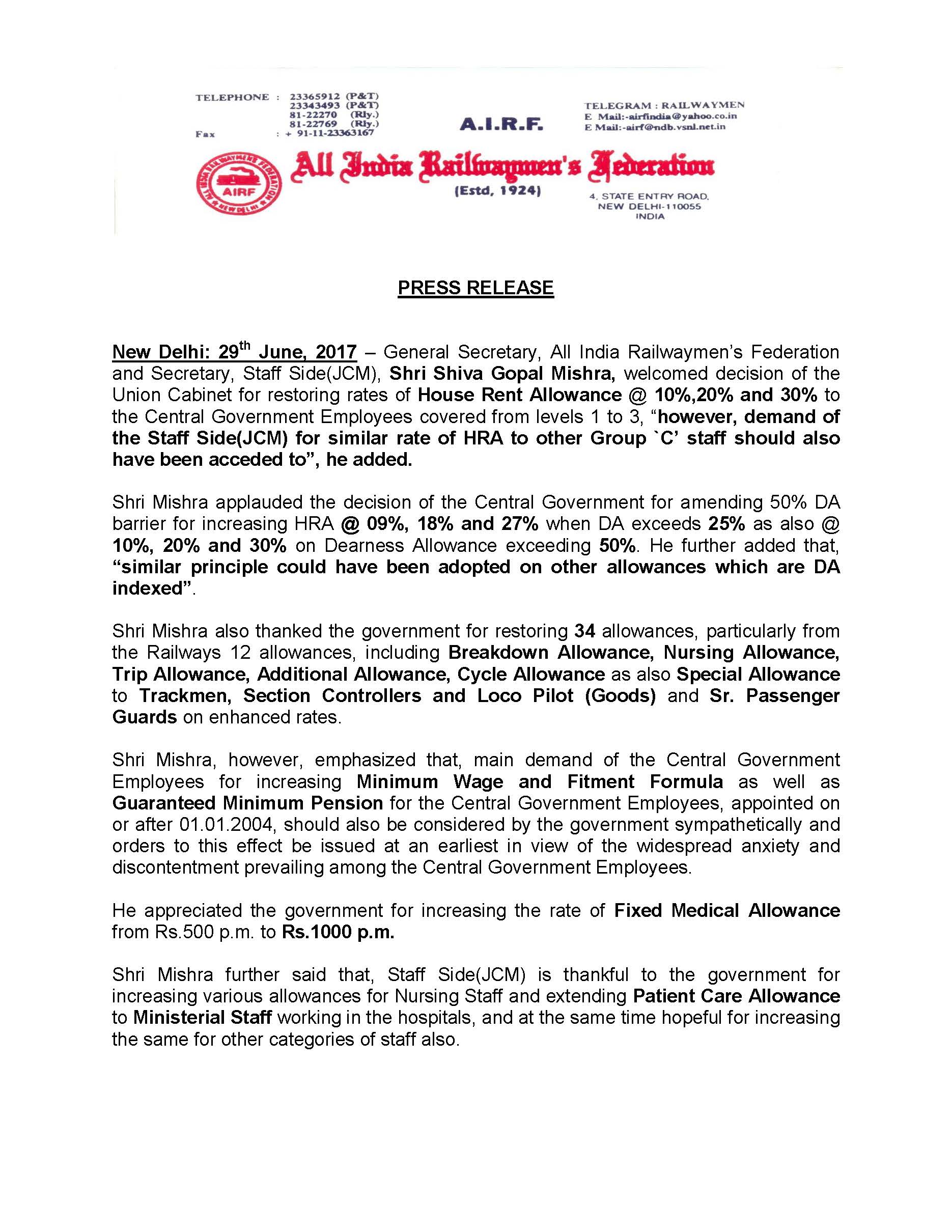Suspension of CGHS empanelment of BLK Super Specialty Hospital, Pusa Road, New Delhi
No: S.11011/40/2017-CGHS(HEC)
Government of India
Directorate General of Central Govt. Health Scheme
Ministry of Health & Family Welfare
(Hospital Empanelment Cell)
*********
Maulana Azad Road, Nirman Bhawan
New Delhi 110 011, dated the 19.06.2017
OFFICE ORDER
Subject: Suspension of CGHS empanelment of BLK Super Specialty Hospital, Pusa Road, New Delhi
With reference to the above mentioned matter, the undersigned is directed to draw attention to the Office Memorandum No. S-11045/23/2013-CGHS-D-II/HEC/CGHS (P) dated 30.04.2013 vide which BLK Super Specialty Hospital, Pusa Road, New Delhi was empanelled under CGHS and to state that BLK Super Specialty Hospital, Pusa Road, New Delhi has violated the terms & conditions of MoA signed the CGHS and has refused credit facilities to bonafide CGHS beneficiaries. Multiple show cause notices have been issued to the hospital for adhering to terms and conditions of empanelment but hospital continue to ignore conditions of MoA. In view of this it has been decided to suspend empanelment of BLK Super Speciality Hospital, Pusa Road, New Delhi from CGHS with immediate effect till further orders.
The CGHS beneficiaries already admitted in the hospital for treatment prior to the issue of this order shall continue to be provided treatment at CGHS rates till their discharge within a period of 10 days. Bill of patients discharged after 10 days of issue of this order shall be submitted with proper justification for consideration by CGHS.
Dr. D. C. Joshi
Director CGHS





